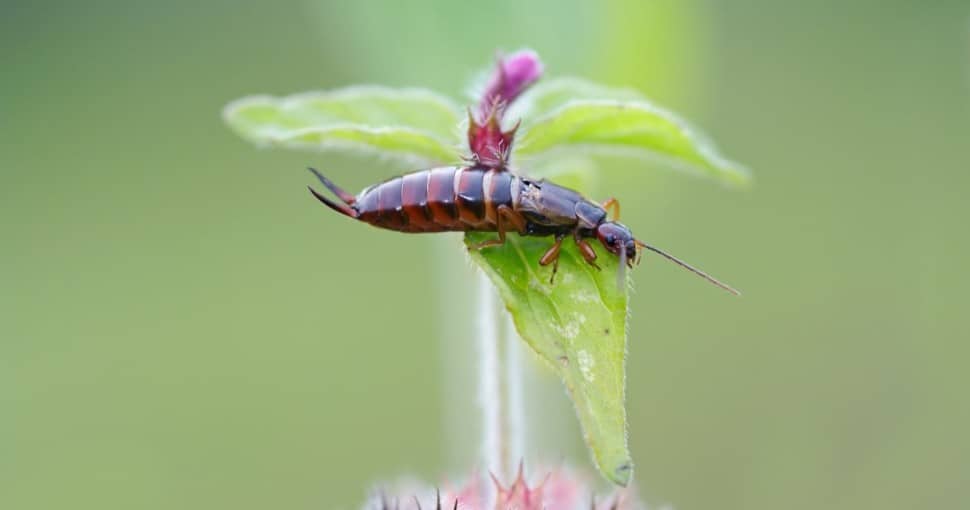Earwigs can cause damage in the garden by eating new shoots, flowers, seedlings, and leaves. There are several methods to repel earwigs. Planting earwig repellent plants is one of the best ways, but selecting the correct plants for this task requires knowing which types will suit the task at hand.
Contents
Earwigs can benefit your garden in small numbers as they eat other insect larvae, snails, aphids, and slugs. In large numbers, earwigs start to cause trouble, widening their feeding sources to include the edibles in your garden.
Whether you would like to repel these insects due to their appearance or because they are causing trouble in the garden, choosing earwig repellent plants is the way to go. Earwigs, like most insects, are deterred by powerful odors and will avoid them if they have a big enough effect on them.
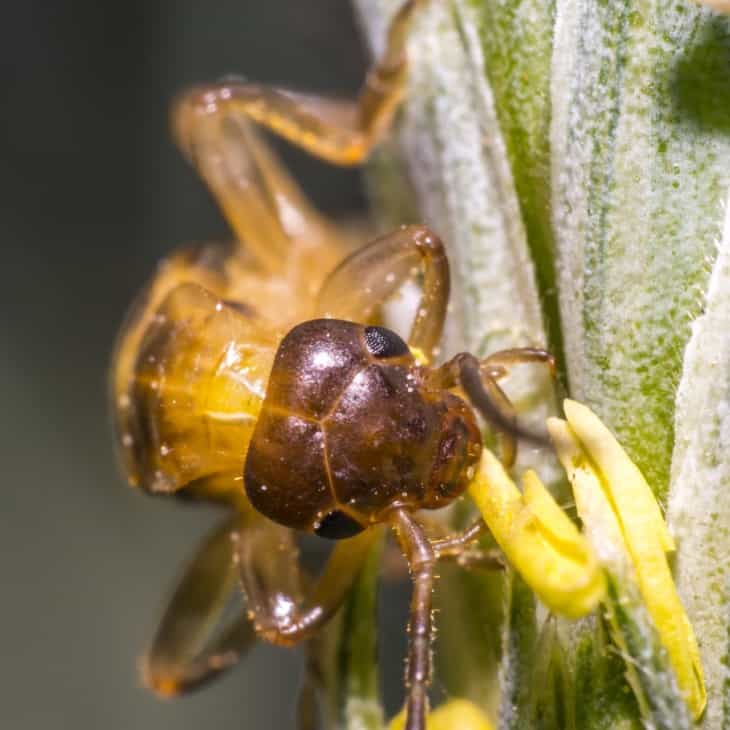
There are two ways plants can help repel earwigs in your garden. These include planting plants with a pungent smell that will help repel earwigs from the surrounding area. The other is growing plants that will attract the earwigs’ primary predator, the tachinid fly, which will feed on your earwig visitors keeping your garden earwig free.
1. Bay Tree (Laurus nobilis)
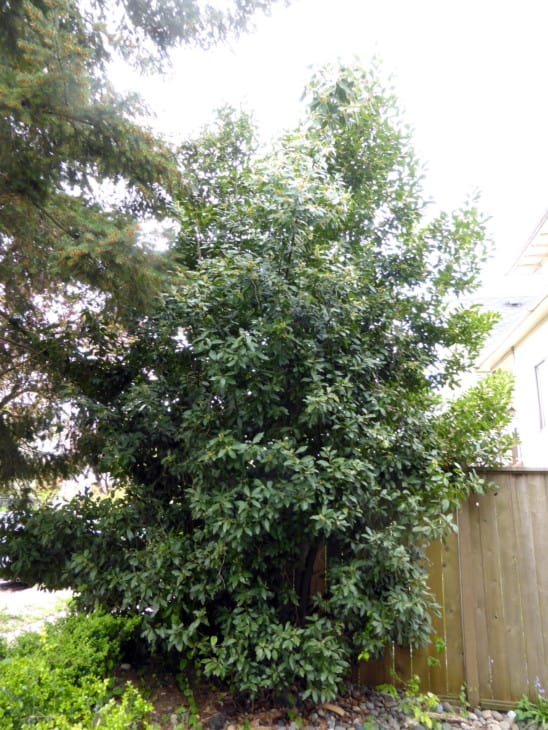
Bay trees are popular plants for indoor and outdoor cultivation and can therefore deter earwigs from inside the house and outside in your garden. The leaves act as insect and earwig deterrents in their dried and fresh forms.
If you plan to keep your bay tree outdoors, they prefer hardiness zones 8 – 10 and can grow up to 10 – 60 feet tall. Indoors they will likely only grow around 4 – 6 feet tall.
Bay tree leaves contain oils and eugenol, which can cause diarrhea and nausea if ingested. Deterred by the smell of the bay tree, earwigs will stay clear of this plant, and due to this, it is an excellent choice to keep in areas that you would like free of earwigs.
2. Garlic (Allium Sativum)
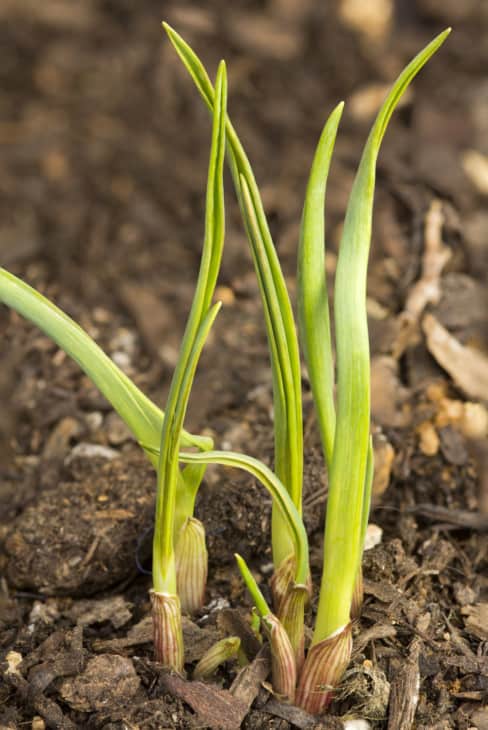
Garlic spray is a known earwig repellent due to its pungent smell, so planting garlic plants in the same area that you want to keep free of earwigs should work. Garlic bulbs grow best in hardiness zones 4 – 9 prefer full sun and well-drained, moist soil. They will grow 12 – 18 inches tall and 6 – 12 inches wide in optimum conditions.
One downfall to this plant is that garlic bulbs are toxic to pets if consumed. If you plan on growing this plant indoors, they will need a source of good direct sunlight, preferably in a south-facing window.
It would also be best only to plant one bulb in each container, giving you the optimum growth indoors. Growing garlic indoors will prevent earwigs from roaming close to the garlic plants.
3. Onions (Allium Cepa)
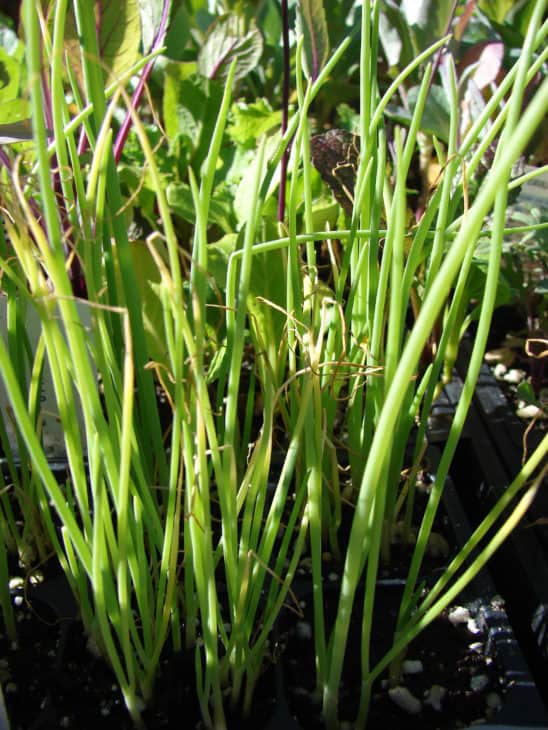
Onions are closely related to garlic and give off a similarly pungent smell which one can hypothesize would have the same effect as a repellent against earwigs. Plant these plants alongside your garlic for an added barrier against earwig infestations.
Onions prefer hardiness zones 5 – 10, full sun, and well-drained rich soils. Onions bulbs in their optimum environment will grow 12 – 18 inches tall and 6 – 12 inches wide. There are several different varieties of onions from which you can choose.
4. Fennel (Foeniculum Vulgare)
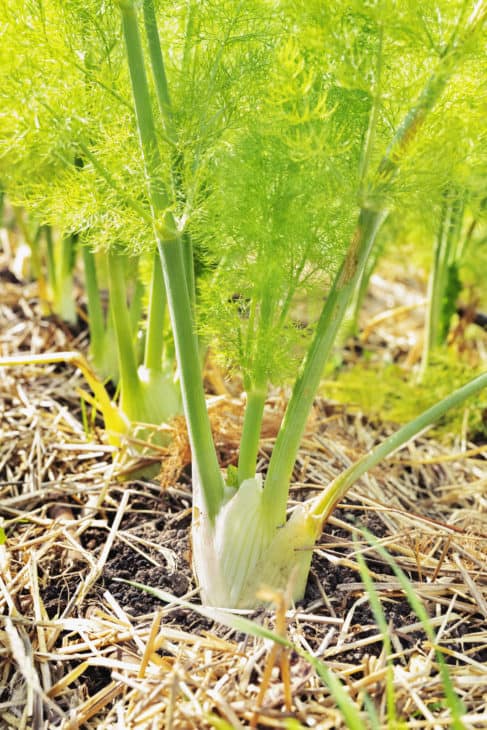
Fennel is not a known repellent of earwigs. It is known for attracting the earwig’s greatest nemeses, the tachinid fly. This fly will feast on the earwigs in its vicinity and thus make the surrounding area earwig-free.
Fennel is a perennial herb that grows 4 – 6 feet tall and 1.5 – 3 feet wide. It grows best in hardiness zones 4 – 9 in full sun with well-drained, moist soils. Not only does this herb attract the tachinid fly, but it will also attract a variety of butterflies into your garden. The main one is the swallowtail butterfly, whose primary food source is fennel.
You can harvest this plant for its delicious flavor, similar to licorice or aniseed. Fennel produces small yellow flowers in the summertime, followed by tiny seeds that you can also harvest for consumption.
5. Coriander (Coriandrum Sativum)
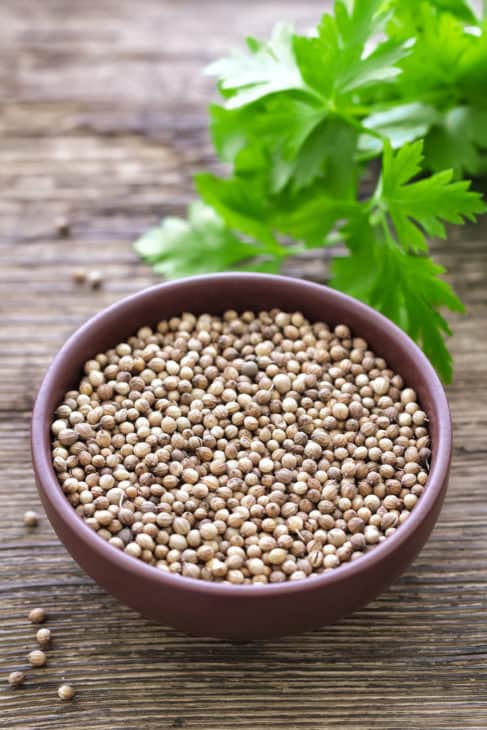
Coriander, otherwise known as cilantro, is another excellent herb that will attract the tachinid fly into your garden. Once present in the area, the tachinid fly will significantly reduce your earwig population, and due to this, you can consider the coriander plant as a good earwig repellent.
Coriander prefers hardiness zones 2 – 11, partial shade to full sun, and well-drained, loamy soils. It will grow 1 – 2 feet tall and 1 – 1.5 feet wide in optimum conditions.
This herb is relatively easy to grow and provides two culinary options. The first is its leaves and stems, which can be eaten fresh or dried and crushed. The second option is the seeds used as a popular cooking spice.
6. Dill (Anethum Graveolens)
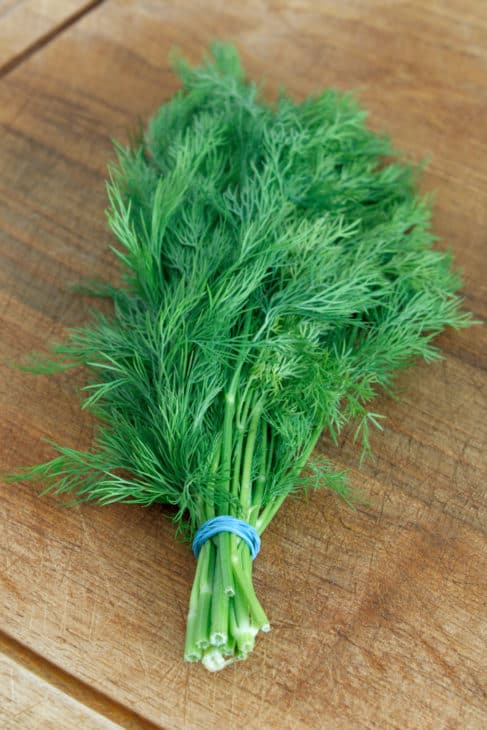
Dill is another excellent herb for attracting beneficial predator bugs into your garden, especially the tachinid fly. As the tachinid fly is an avid hunter of earwigs, dill can act as an earwig repellent.
Growing best in hardiness zones 2 – 11 prefers full sun conditions and well-drained, rich soils. This herb will grow 3 – 5 feet tall and 2 – 3 feet wide in optimum conditions. Not only is this plant a good preditor attractor, but it is also great for the kitchen.
The entire plant is exceptionally fragrant, and you can use the seeds and leaves as a culinary seasoning, but you can also eat the flowers.
7. Sweet Alyssum (Lobularia Maritima)
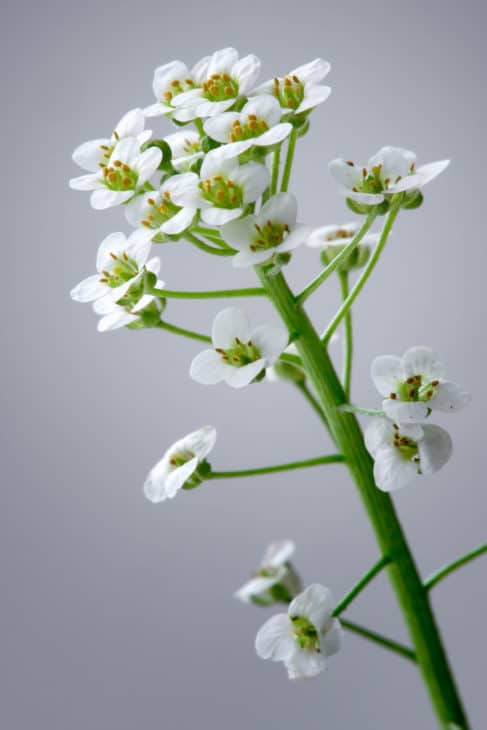
Sweet alyssum is another plant that will attract the beneficial tachinid fly preditor, which will feast on the earwigs in the vicinity of the plant. Its ability to attract the tachinid fly makes it an excellent earwig repelling plant.
The sweet alyssum plant prefers partial shade to full sun and grows best in well-drained, moist soils. Its optimum hardiness zones are 5 – 9, and it will grow 3 – 9 inches tall and 6 – 12 inches wide in these conditions.
Not only does this plant attract the tachinid fly, but it will also bring other beneficial insects into your garden, including syrphid flies, lacewings, and parasitic wasps. This ability to attract these beneficial insects makes the sweet alyssum a favorite for companion planting in fruit and vegetable production sites.

